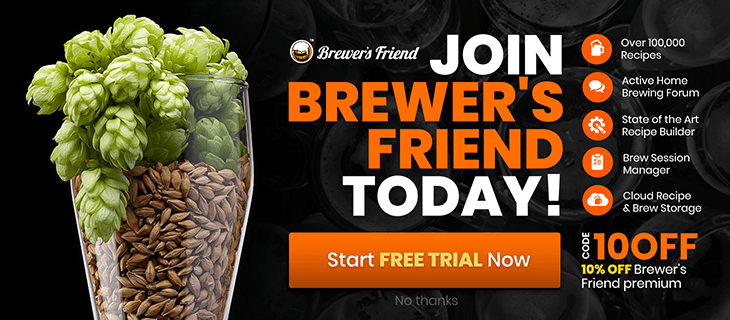- Joined
- Jun 27, 2019
- Messages
- 2,769
- Reaction score
- 8,463
- Points
- 113
Give it more time first. Another couple of weeks. See if the carbonation gets any better. After that, if you still aren't getting any carbonation, then I would just add a smidge of fresh, dry yeast. I wouldn't re-prime because you can assume that the sugar you were 97.3% sure you added is still in the bottle waiting to be used up.
You can try swirling the bottles, warming them, agitating them in some way. But imo, I don't think that will help. If the yeast is spent, all the voodoo won't help. If the yeast is still viable, it will eventually carbonate the bottles.
Good luck!
You can try swirling the bottles, warming them, agitating them in some way. But imo, I don't think that will help. If the yeast is spent, all the voodoo won't help. If the yeast is still viable, it will eventually carbonate the bottles.
Good luck!









